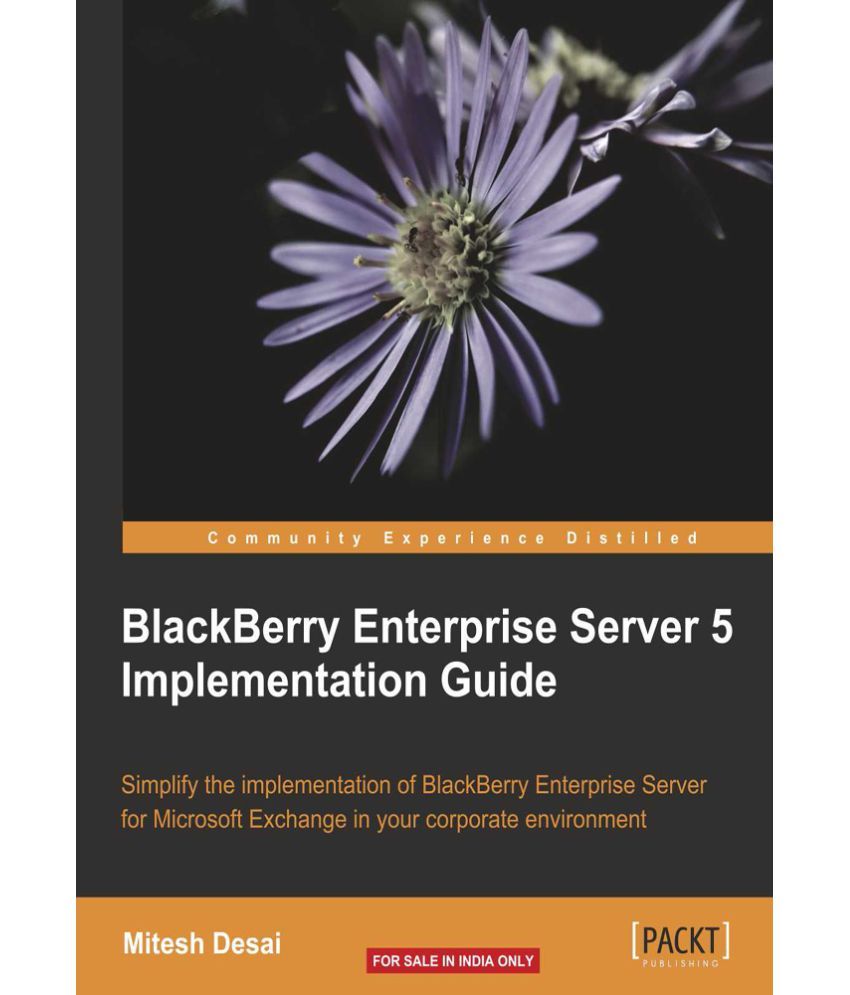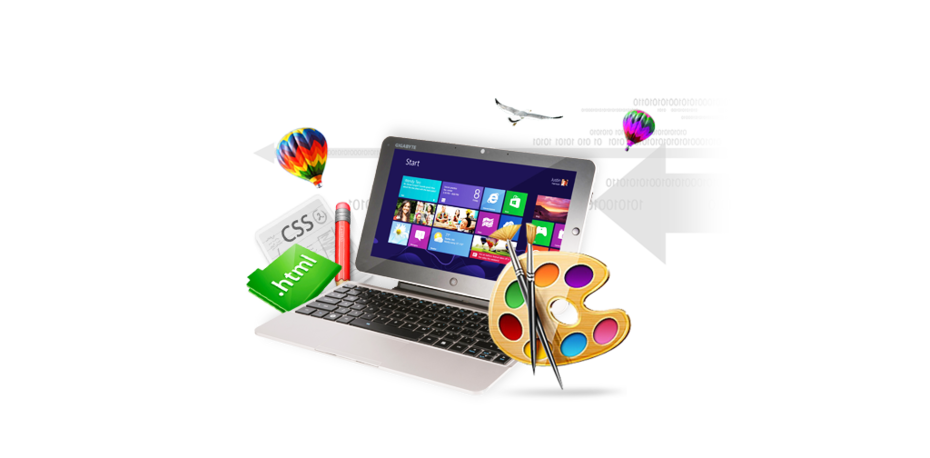

Therefore, we need app wrapping or platform native containerization to segregate corporate data from personal data and to make corporate data more secure. Naturally, this is a major concern for organizations because BYO devices also contain corporate data, and malicious downloads can put corporate data at risk. NowSecure did a review of 250 popular Android mobile apps from different industries, which revealed that more than 70% of these apps leaked personal information and put users at risk. The third major reason is data compromised through malicious apps.
#Blackberry mam app wrapper unsigned full#
As personal devices contain personal apps and data, organizations cannot have full control over these devices, making it impossible to fully eliminate the threat of data breaches.

The second reason is lack of full enterprise control over the personal devices. In a BYOD system, users are allowed to access corporate data, files, emails or other sensitive information from their personal devices, which can make the corporate data vulnerable to various kinds of security threats. According to research by Global Market Insights, Inc, “the market value of BYOD is estimated to reach $367 billion by 2022. As more and more organizations are adopting BYOD (Bring Your Own Device) strategy, keeping the corporate data secure has become a challenge.

The first reason is the prevalence of Bring-Your-Own Devices (BYOD) in the workplace. Why do we need app wrapping or containerization? However, app wrapping and containerization are aiming for the same thing in a different way. They both provide IT with granular control over managing mobile applications and separating corporate apps from personal apps. App wrapping and containerization are two major components of a Mobile Application Management (MAM) strategy.


 0 kommentar(er)
0 kommentar(er)
